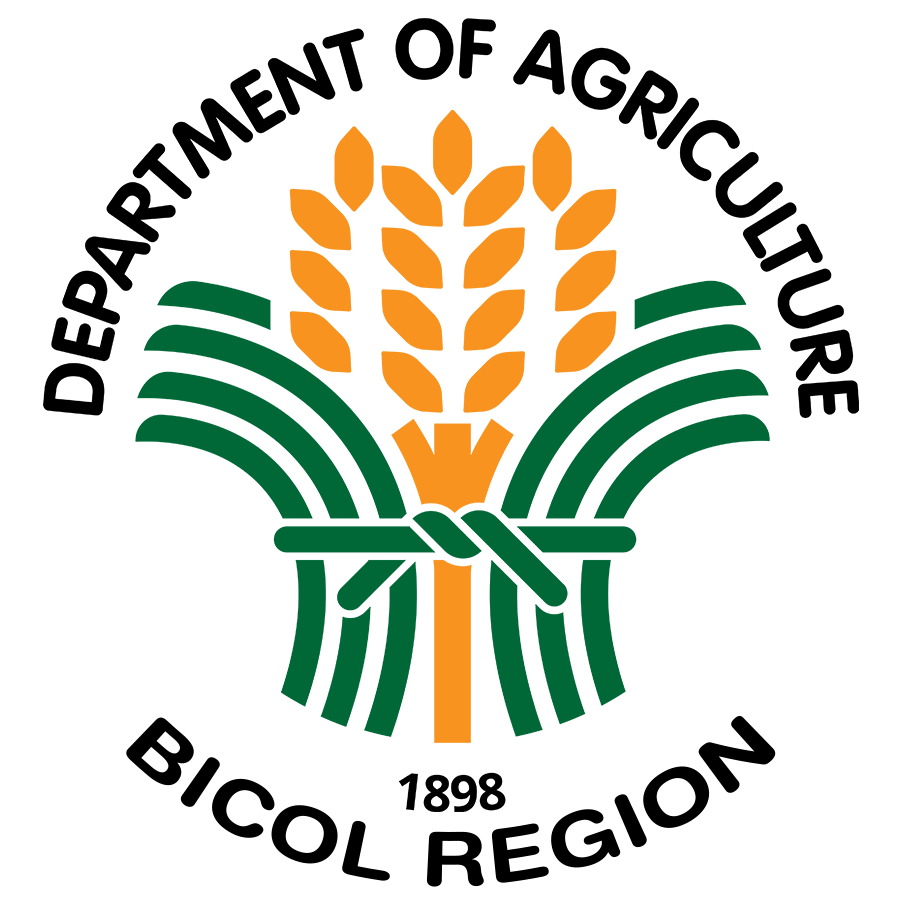NAGA CITY – Five years after the signing and implementation of the Agricultural and Fisheries Mechanization (AFMech) law in June 2013, how far has agricultural mechanization gone in our country? This is the question, the Department of Agriculture (DA) and the Philippine Council for Agriculture and Fisheries (PCAF) want to answer. Farm mechanization is not only crucial to the department’s pursuit of food security but also to the government’s goal of inclusive growth.
Relative to this, the Regional Agricultural Engineering Division (RAED) of DA 5 in tandem with the PCAF recently invited the provincial agriculturists and engineers of the six Bicol provinces for a three-day workshop held in Naga City on October 29-31, 2018.
Engr. Froilan Serrano of PCAF introduced the Modified Agricultural Mechanization Index (MAMI), a procedure to determine the level of mechanization in terms of horsepower (hp)/ hectare (ha). The Modified Mechanization Index was formulated by the UPLB, Center for Agri-Fisheries and BioSystems Mechanization and the PCAF. The RAED in coordination with the Provincial Engineering Group (PAEG) will conduct a comprehensive survey to determine the number of agri machineries and postharvest facilities being used by our farmers as well as production area in hectare, volume of production and volume of produce for milling per municipality.
For rice production, the survey will cover agri machineries and postharvest facilities being used by farmers during land preparation, planting, crops care management, harvesting, threshing, drying, milling, and storage.
Machineries provided to farmers to aid in land preparation include 2-wheel drive tractor, 4-wheel drive tractor, multi-track type tractor, hand tractor and floating tiller. The machineries used in planting include walk behind rice transplanter, riding type rice transplanter, mechanical seeder and drum seeder. For harvesting, the farmers are using combine harvester, multi-crop combine harvested or reaper. During threshing, they either use small or large mechanical thresher. For drying, the government has provided numerous facilities that include flatbed dryers, reversible airflow flatbed dryers, mobile recirculating dryer, recirculating batch dryer and multi-purpose drying pavement. On the other hand, the milling facilities include single pass rice mill, multi-pass rice mill and brown rice mill. For storage, the farmers were given warehouse or hermetic storage. For crop care management, included are power sprayer, mechanical fertilizer applicator, and mechanical weeder. Also included in the survey are hauling truck, seed cleaner, seed spreader and mechanical grain collector.
In the survey, machineries given by the DA, DAR, DSWD and DOST to the farmers as well as privately owned are included but not those owned by private rice mills.
Engr. Serrano added that the output of this survey will cover the municipal level. “Kung aling munisipyo ang mababa pa ang level ng mechanization ay yun ang bibigyan ng priority intervention ng pamahalaan,” he quipped. He explained that the level of mechanization shall be determined in terms of hp./ha. through the Modified Agricultural Mechanization Index procedure which include the determination of soil type, effective field capacity of power source, inputs applied , amount of irrigation water used, rice variety and yield.
The Agricultural and Fisheries Mechanization (AFMech) Law or RA 106011 which was regarded as the antidote to the problems affecting the agriculture sector was aimed to “promote the development and adoption of modern, appropriate and cost-effective and environmentally-safe agricultural and fisheries machinery and equipment to enhance farm productivity and efficiency in order to a achieve food security and safety and increase farmers’ income, among others.”
Among the important milestones of the AFMech Law was the creation of the Bureau of Agricultural and Fisheries Engineering (BAFE) mandated to coordinate, oversee and monitor the national planning and implementation of agri-fisheries engineering, farm-to-market road and other agri-fisheries infrastructure projects. The Agricultural Engineering Group of the Local Government Units was also strengthened. Moreover, the Agricultural Machinery Testing and Evaluation Centers (AMTEC) of the UPLB was institutionalized and designated as the premier and reference testing center in the country. It is assisting the Bureau of Agriculture and Fisheries Standards in the formulation of quality, safety and performance standards of agricultural and fisheries machinery and of accreditation guidelines for testing centers.
The AFMech Law also organized the Agri-Fisheries Mechanization RDE Network responsible for the formulation and implementation of the National Agricultural and Fisheries Mechanization RDE Agenda. The network is chaired by the Phil. Center for Postharvest Development and Mechanization (PHilMech).
An official survey on farm mechanization released by PhilMech in 2013 recorded the mechanization level of farms in the Philippines at 1.23 horsepower per hectare. Rice and corn farms had the highest level of farm power at 2.31 hp/ha. (Lovella P. Guarin)
